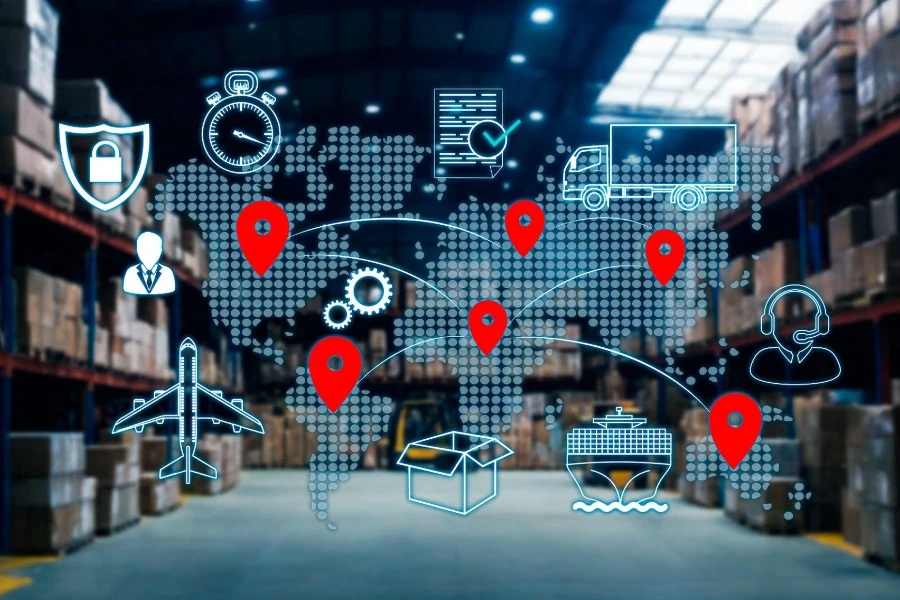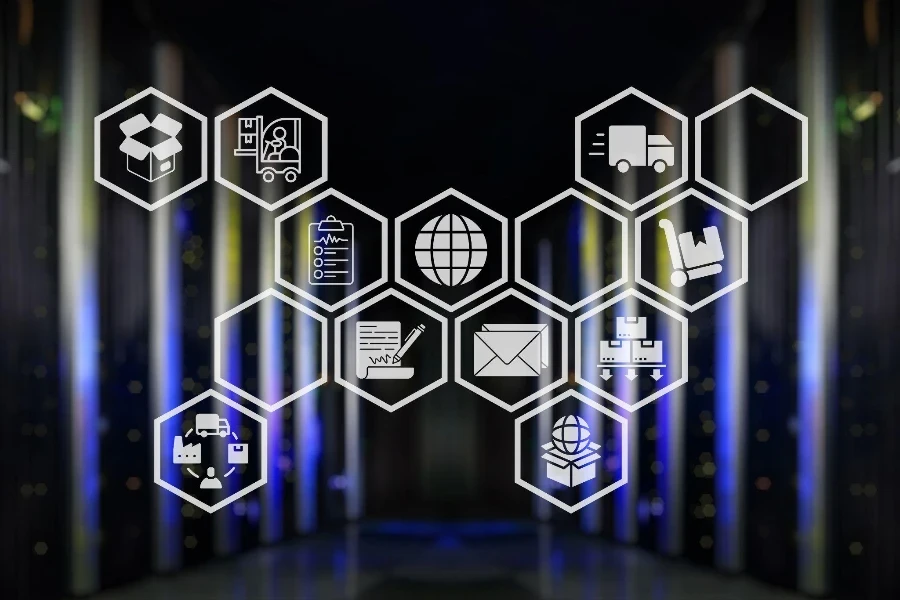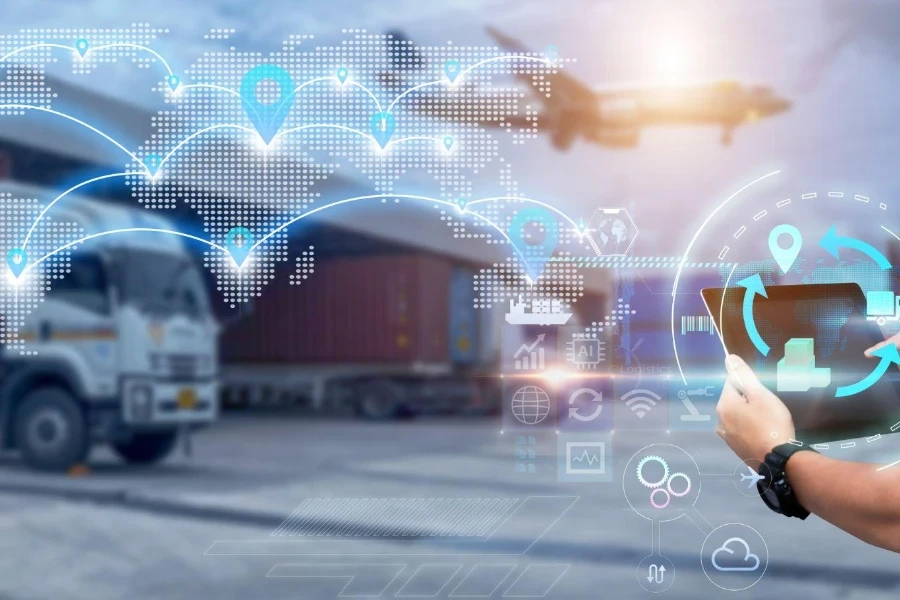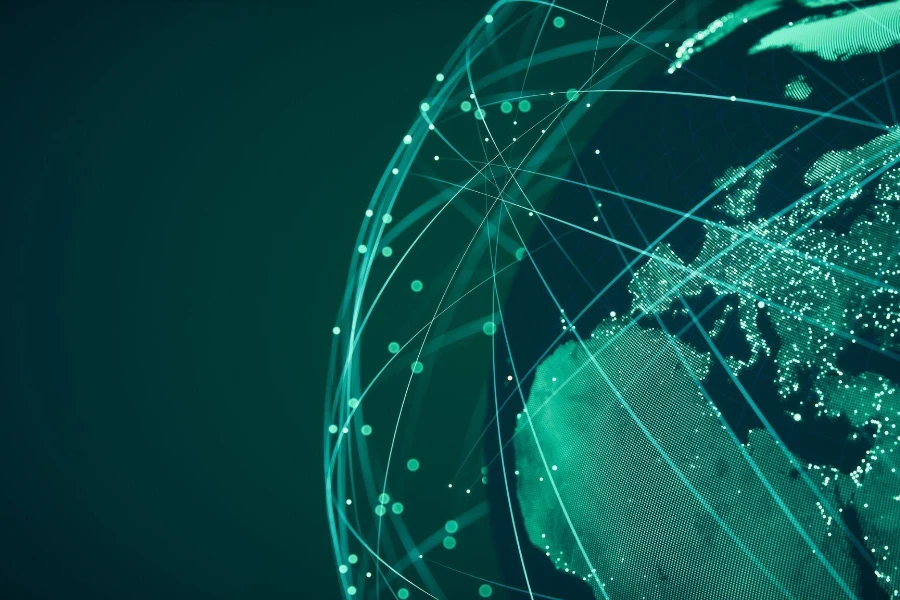In the realm of business, distribution acts as the critical bridge between products and their final consumers. It encompasses the strategies, processes, and logistics involved in moving goods from manufacturers to the market. Understanding distribution is not just about recognizing its definition but also about appreciating its significance in driving business success and customer satisfaction. This article aims to unravel the complexities of distribution, making it accessible and engaging for anyone looking to deepen their understanding of this essential business function.
Table of Contents:
– What is distribution and why is it important?
– The different types of distribution channels
– The role of technology in modern distribution
– Challenges in distribution and how to overcome them
– The future of distribution
What is distribution and why is it important?

Distribution is the heartbeat of a product’s journey from creation to consumption. It involves a series of activities that begin right after a product leaves the manufacturing unit, including warehousing, inventory management, order processing, and transportation. Without effective distribution, even the most innovative products can fail to reach their intended market, let alone achieve commercial success.
The importance of distribution extends beyond mere logistics. It plays a pivotal role in determining a product’s market reach, availability, and overall competitiveness. Efficient distribution strategies can significantly reduce overhead costs, streamline supply chains, and enhance customer satisfaction by ensuring timely deliveries and maintaining product quality.
Furthermore, distribution channels serve as vital links between the producer and the consumer. They provide essential market feedback, enabling businesses to adapt their offerings to meet changing consumer needs and preferences. This dynamic interaction fosters a deeper understanding of the market, which is crucial for sustained business growth.
The different types of distribution channels

Distribution channels can be broadly categorized into direct and indirect channels. Direct distribution involves selling products directly to consumers, bypassing any intermediaries. This method offers businesses greater control over their brand image, pricing, and customer experience. Examples include online stores, company-owned retail outlets, and direct mail.
Indirect distribution, on the other hand, relies on intermediaries such as wholesalers, distributors, and retailers to reach the end consumers. This approach can significantly expand a product’s market presence by leveraging the existing networks and resources of these intermediaries. However, it may also result in reduced profit margins and less control over the final customer experience.
Choosing the right distribution channel is a strategic decision that depends on various factors, including the nature of the product, target market characteristics, and overall business goals. A multi-channel distribution strategy can often provide the best of both worlds, combining direct and indirect channels to maximize market coverage and customer reach.
The role of technology in modern distribution

Technology has revolutionized the distribution landscape, introducing unprecedented efficiency, accuracy, and flexibility. Modern distribution systems leverage cutting-edge technologies such as artificial intelligence (AI), blockchain, and the Internet of Things (IoT) to optimize every aspect of the distribution process.
AI and machine learning algorithms can predict demand patterns, optimize inventory levels, and streamline order processing, significantly reducing the risk of stockouts or overstocking. Blockchain technology offers a secure, transparent way to track products throughout the supply chain, enhancing traceability and reducing the risk of counterfeiting and fraud.
The IoT connects physical assets to the digital world, enabling real-time tracking of shipments, automated warehousing operations, and predictive maintenance of transportation vehicles. These technological advancements not only improve operational efficiency but also enhance the overall customer experience by ensuring faster, more reliable deliveries.
Challenges in distribution and how to overcome them

Despite the advancements in technology, businesses still face several challenges in distribution, including fluctuating demand, supply chain disruptions, and rising transportation costs. Navigating these challenges requires a strategic approach, focusing on flexibility, resilience, and continuous improvement.
To address fluctuating demand, businesses can invest in demand forecasting tools and flexible inventory management systems that allow for rapid adjustments. Building strong relationships with suppliers and logistics providers can enhance supply chain resilience, enabling businesses to respond more effectively to disruptions.
Optimizing transportation routes and modes can help reduce costs and environmental impact. Additionally, adopting sustainable distribution practices, such as using eco-friendly packaging and minimizing waste, can not only reduce costs but also appeal to environmentally conscious consumers.
The future of distribution

The future of distribution is poised for further transformation, driven by ongoing technological advancements and changing consumer expectations. Automation and robotics will play an increasingly significant role in warehousing and logistics, further improving efficiency and reducing human error.
Sustainability will become a central focus, with businesses seeking greener distribution methods to minimize their environmental footprint. Customization and personalization will also gain prominence, as technology enables more tailored distribution strategies that meet individual customer preferences.
In conclusion, distribution is a dynamic, multifaceted aspect of business that requires strategic planning, technological integration, and continuous adaptation. By understanding and leveraging the latest trends and innovations in distribution, businesses can enhance their competitiveness, satisfy their customers, and achieve sustainable growth.
Conclusion
Distribution stands as a cornerstone of business success, bridging the gap between products and consumers. By understanding its complexities, embracing technology, and anticipating future trends, businesses can navigate the challenges of distribution and seize new opportunities. As we look ahead, the evolution of distribution promises to reshape the landscape of commerce, driving efficiency, sustainability, and customer satisfaction to new heights.



